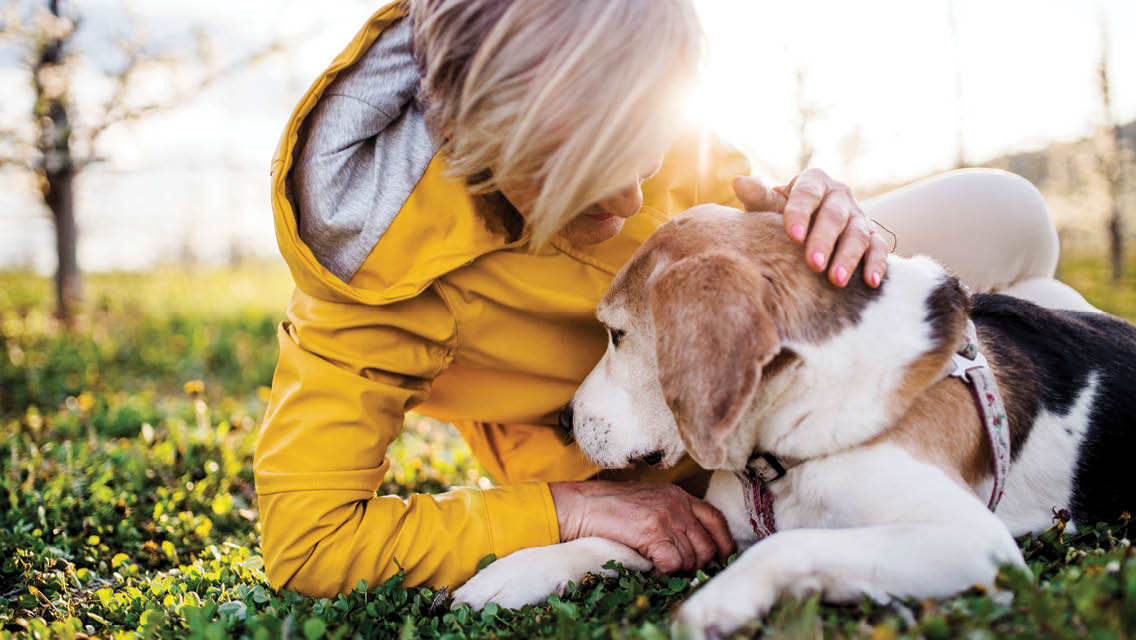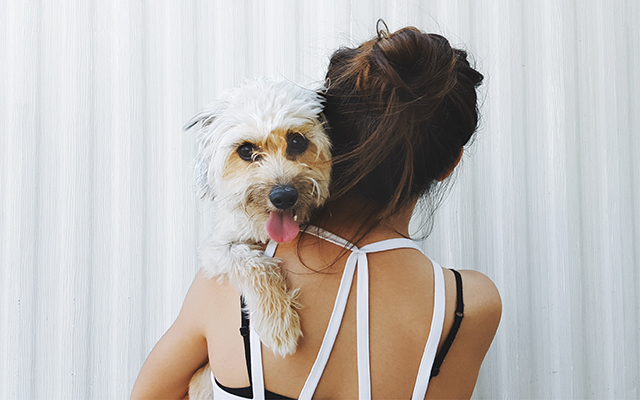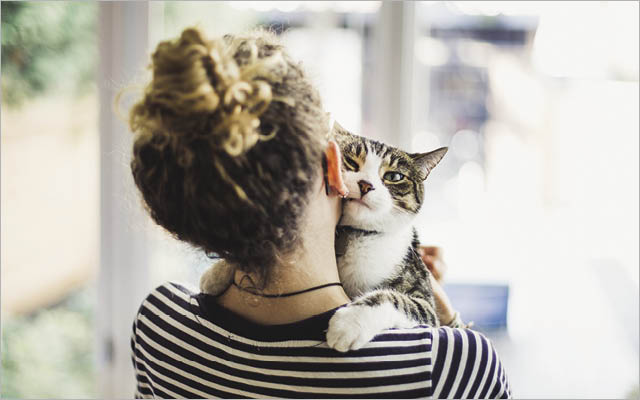It’s what all pet owners dread: making the decision to euthanize a pet. Take the time to consider the pet’s quality of life and prognosis, as well as your own resources, advises Mary Gardner, DVM, a hospice veterinarian based in South Florida and author of It’s Never Long Enough: A Practical Guide to Caring for Your Geriatric Dog.
The Pawspice (pronounced like “hospice”) quality-of-life program for terminal pets suggests assessing seven areas: hurt, hunger, hydration, hygiene, happiness, mobility, and whether there are more good days than bad.
Nicholas Dodman, DVM, president of the Center for Canine Behavior Studies and editor of Good Old Dog: Expert Advice for Keeping Your Aging Dog Happy, Healthy, and Comfortable recommends convening a committee to discuss the situation. This could include the veterinarian, family members (including children no longer living at home), and a friend who can offer an impartial opinion.
There’s no reason to feel guilt or shame about reaching the decision to say goodbye to your pet, says Gardner. “It’s not about giving up,” she explains. “Euthanasia is very peaceful and can be an end to suffering.”
Our pets often let us know when they’re ready. Ann Diffley, a retiree from Warwick, R.I., had an 85-pound dog named Bonnie who couldn’t walk after an amputation, but at age 12 still loved being carried onto the porch to sit with Diffily and her husband. One day, Bonnie just looked up at them pleadingly. “We both said, ‘She can’t do this anymore,’” she recalls.
Saying Goodbye With Intention
Once you’ve made the decision that it’s time to put your pet down, don’t rush. Give yourself a day or two to prepare and make memorial items. Maybe you want a paw print, photos, or a clipping of fur. Take your pet to their favorite spot for one last outing, and make sure everyone gets to say goodbye.
Try to avoid crying or moping, which our pets can easily sense. “Make sure their last days aren’t stressful,” says Ursula Liv, owner of Liv Love Dogs, a canine health and wellness consultancy based in Southern California. “Spoil them, brush them, do all the things they love.”
Make an appointment at the vet or with a service that can come to your home, which may be a less anxiety-provoking option for many pets and their people. “We hold them, we tell them it’s OK to leave, we pet them,” Liv notes. “Be there in the last moments and let them see your face last rather than a vet’s.”
Recognize that you may grieve more than you expected. “Some people have a harder time losing their pet than a human family member,” Liv says. “They’re with you all day, every day.” When you’re ready, seek out resources: Many organizations, such as Lap of Love and Rainbows Bridge, offer support for pet-loss grief.
Above all, find comfort in knowing that you gave your pet a good life and a loving home — and that the grief you feel is an echo of the joy they brought you.
This was excerpted from “How to Care for An Aging Pet” which was published in Experience Life magazine.





This Post Has 0 Comments